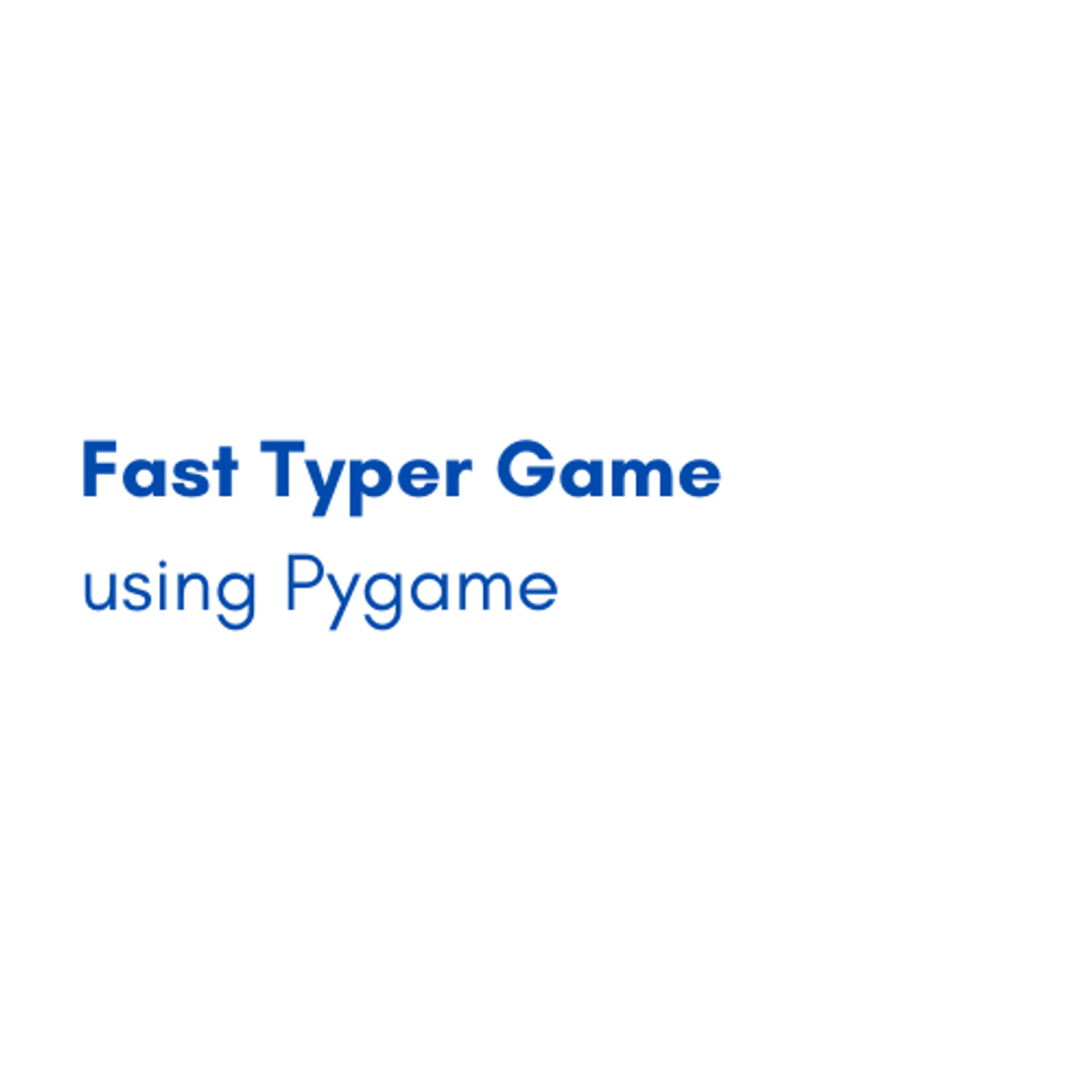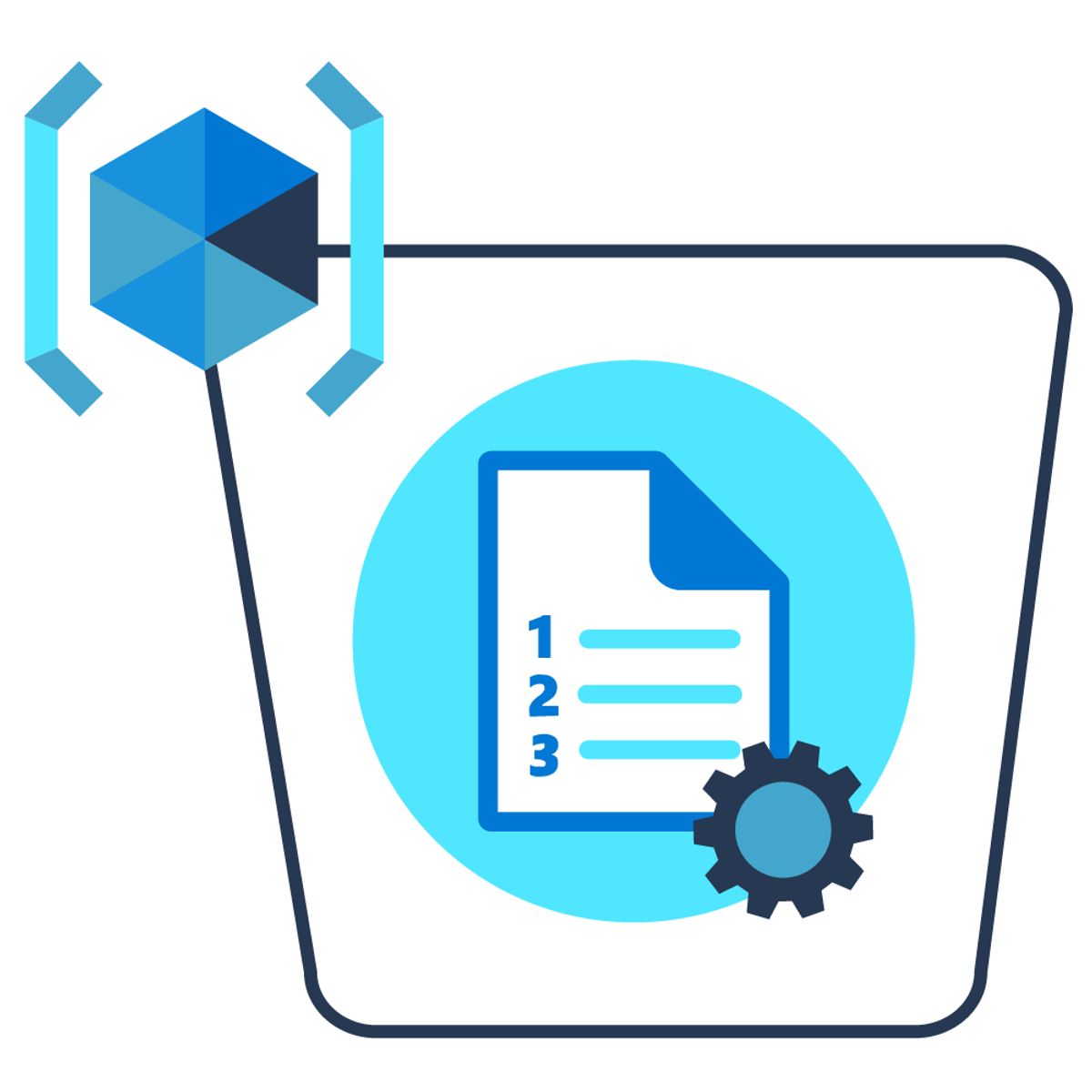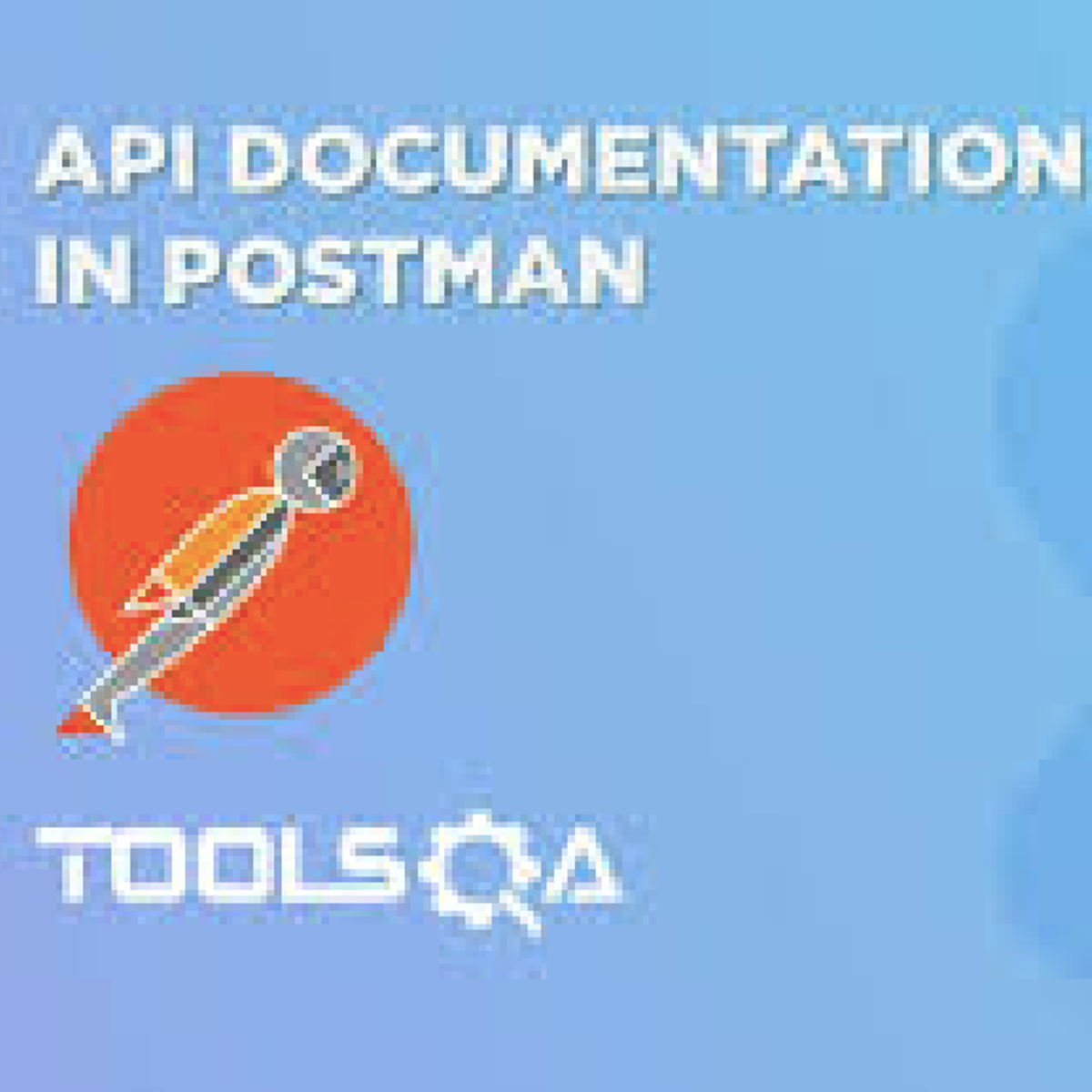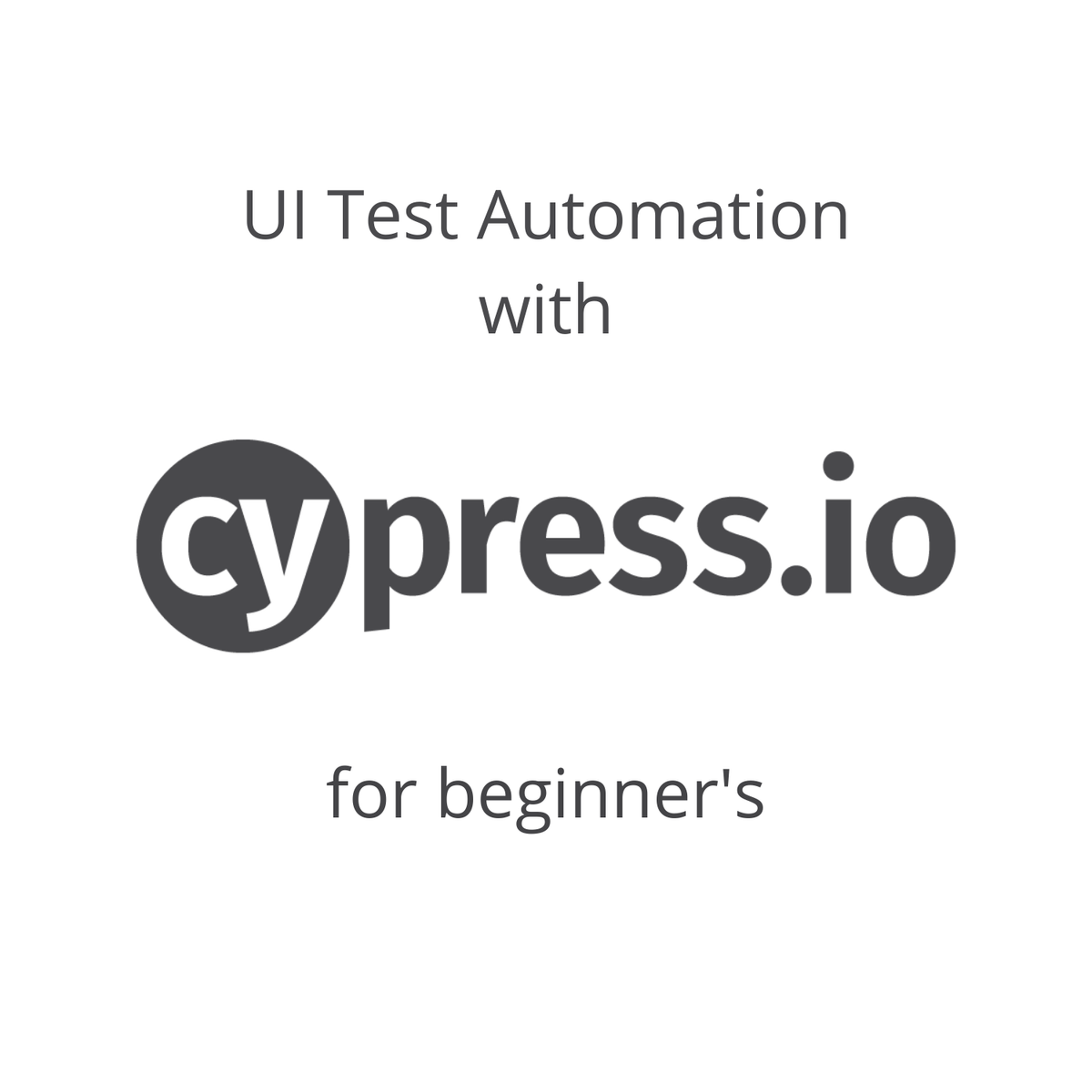Back to Courses









Software Development Courses - Page 119
Showing results 1181-1190 of 1266

Implement Real Time Analytics using Azure Stream Analytics
In this project, we are going to see how to "Implement Real Time Analytics using Azure Stream Analytics"
Data processing is broadly categorized into two main categories: Batch processing & Real time processing.
We are going to focus on real time data processing and Azure Stream Analytics is a popular service which is used to process and perform analytics on real time data stream.
Hence , in this project we are going to see with an example how to implement a solution using Azure Stream Analytics and process real time stream of data.
Pre requisites:
1. Azure subscription account(its preferred to have owner level access on the subscription account)
Here is a brief description of the tasks we are going to perform in this project:
Task1: Understand the Project Scenario
In this task, we are going to see an overview of the project to be implemented and also the different components involved in this project and how they are linked to each other
Task2: Setup the project environment
In this task, we are going to create Azure Event Hub, Azure SQL Database, download and install Real Time Data Generator App.
Task3: Configure the different components created in previous task
In this task, we are going to connect the live data generator app with the event hub and also create the output and reference tables in Azure SQL Database
Task4: Configure Azure Stream Analytics Job
In this task, we are going to configure the input, reference input and output in Azure Stream Analytics Job
Task5: Configure Query in Stream Analytics job
In this task, we are going to write the query in Stream Analytics job which is used to process, analyze and transform the source data which will be received from event hub.
Also, we will run the Stream Analytics job to see a demo of how it processes the input data from event hub and loads the data in output table in SQL database.
Task6: Configure reference input in Stream Analytics job
In this task, we are going to see how to use the reference input in the query of Azure Stream Analytics job.
Also, we will run the Stream Analytics job to see a demo of how it processes reference input and loads data in output table in SQL database

Fast Typer Game using Pygame
By the end of this project, you will create a fully functioning 2 player jet fighters game using Pygame in Microsoft Visual Studio Code. This project will give you a great head start towards learning more and mastering one of the most used programming languages in the world. In this project you will be able to identify and apply many basic fundamentals such as data structures, variables, loops etc. and create a GUI with dynamic labels. Learning and understanding Pygame in Python will help you progress in the programming field by creating simple Python applications.
Note: This course works best for learners who are based in the North America region. We’re currently working on providing the same experience in other regions.

Manage Resources in Azure
In this course, you will learn how to work with the Azure command line and web portal to create, manage, and control cloud-based resources.
You will look at all three approaches to deploying cloud resources and how to make an informed decision about which one to leverage for your services. You'll also quickly look at the service models supported by Azure which can help you determine the services you should start with when planning out an Azure deployment. You will learn how to install the Azure CLI locally and use it to manage Azure resources. You will also use Azure PowerShell interactively for one-off tasks and write scripts to automate repeated tasks.
You'll learn about the major factors that influence the cost of running in the cloud. Along the way, you'll get hands-on experience with some of the tools you can use to estimate the costs of running your workloads on Azure to help ensure that you stay within budget and use only the services that you need.
Azure Resource Manager has a number of features that you can use to organize resources, enforce standards, and protect critical Azure resources from accidental deletion. In this module, you'll take a tour through these features, and examine how you can use them to your advantage. You'll identify incorrectly assigned resources in Azure. You'll also assess whether resources can be moved, and validate a resource move operation. Then you'll move and verify resources between Azure resource groups.
This course will help you prepare for the Microsoft Certified: Azure Developer Associate certification. In this course, you will take a practice exam that covers key skills measured in the exam. This is the fifth course in a program of 8 courses to help prepare you to take the exam.
This course is part of a Specialization intended for developers who want to demonstrate their expertise in all phases of cloud development from requirements, definition, and design; to development, deployment, and maintenance; to performance tuning and monitoring. It is ideal for anyone interested in preparing for the AZ-204: Developing Solutions for Microsoft Azure exam. By the end of this program you will be ready to take and sign-up for the Exam AZ-204: Developing Solutions for Microsoft Azure.

Deploy an NLP Text Generator: Bart Simpson Chalkboard Gag
Welcome to the “Deploy an NLP Text Generator: Bart Simpson Chalkboard Gag” guided project.
Text Generation is a natural language technique that leverages language modeling to create or predict new text based on texts it has been trained on. An example of text generation can be identified in the Gmail sentence autocomplete feature.
In this project, we will deploy an NLP text generator model as a python Streamlit app. The model, which has been trained on all the text from Bart Simpsons chalkboard gag from the Simpsons, will be able to autogenerate new chalkboard gags.
This project is an intermediate python project for anyone interested in learning about how to productionize natural language text generator models as a Streamlit app on Heroku. It requires preliminary knowledge on how to build and train NLP text generator models (as we will not be building or training models) and how to utilize Git. Learners would also need a Heroku account and some familiarity with the Python Streamlit module.
At the end of this project, learners will have a publicly available Streamlit web app that leverages natural language processing text generation to generate new text for Bart Simpsons' chalkboard gags.

Save and Load Files with C# in Unity
In this one-hour, project-based course, you'll learn how to save and load text files using C#'s System.IO Library. You'll also learn how to obfuscate a text file using a simple pseudo-encryption algorithm.
The guided project will introduce you to the following coding concepts:
- Basic File Handling
- JSON Format
- XOR Pseudo-cypher
This is a stand-alone guided project, and also serves as an optional but recommended foundation for the "Save a Dynamic Scene with C# in Unity" and "Encrypt and Decrypt Files with C# in Unity" courses.
Note: This course works best for learners who are based in the North America region. We’re currently working on providing the same experience in other regions.

SRS Documents: Requirements and Diagrammatic Notations
As requirements are being gathered and prioritized, they also need to be documented. In Diagrammatic Notations and Software Requirements Specification Writing, we discuss and practice the process of turning requirements into something readable to the customers at a high level, and the developers. When a designer or developer reads your document, they should be able to understand the overall idea, the scope, the domain, the resources, the expectations, and why alternative choices are not selected. To create a document in this way, you use a balance between storytelling (with pictures!) and complex diagrams.

Generate API Documentation from Postman
In this 1-hour long project-based course ,you will learn how to generate api documentation using the postman tool. In this project, you will get familiar with postman collections , runner , and also create a backend server in nodejs to automate collection testing using the newman library and finally generate collections documentation in pdf format.
Note: This course works best for learners who are based in the North America region. We’re currently working on providing the same experience in other regions.

Create a Python Application using PyMongo and MongoDB Database
Data plays a crucial role in application development. It plays such a crucial role that there are people called Database Administrators that specialize in just organizing the data. The traditional database used to be, and often still is, a relational database. MongoDB is more flexible than a relational database, and as such provides the developer with a database that can easily be changed during the development phase.
The increased popularity of MongoDB combined with the popularity of Python has resulted in a Python library called PyMongo, which provides an API for communicating with MongoDB.
In this course, you will create a Python application, using PyMongo, that creates a MongoDB database containing words and their definitions. You will then retrieve data from the collection and display a selected Word’s definition.
Note: This course works best for learners who are based in the North America region. We’re currently working on providing the same experience in other regions.

Cypress UI automation testing for absolute beginners
Cypress is a complete end-to-end test automation tool built to test modern-day web applications. It is capable of automating both UI and API. This project is for beginner's in Cypress

Create your first test automation script - Selenium and C#
“Selenium automates browsers, that’s it. What you do with that power is up to you.”
Selenium is the most widely used UI automation tool to test web applications.
By the end of this one-hour project-based course, you will learn the basics of the selenium automation testing tool.
In this 1-hour long project-based course, you will learn how to --
Basic Selenium commands
Interacting with common web elements like textbox, checkbox, dropdown
Performing drag and drop operation
Handling windows alerts using Selenium
Popular Internships and Jobs by Categories
Browse
© 2024 BoostGrad | All rights reserved


